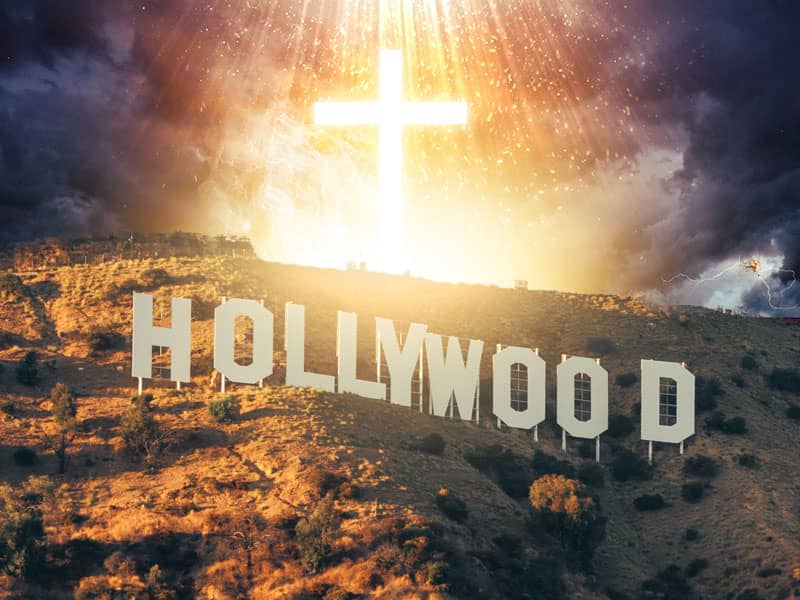 |
 |
 |
 |
|
|||
 |
Two years later, the Mead Mountain House, a historic Woodstock inn, and its grounds went up for sale. Kalu Rimpoche had visited it and remembered it fondly as the place he had laughed long and loud with an eccentric priest from a small church nearby. The Tibetans happily bought the somewhat dilapidated building, consecrating it as a Buddhist monastery in February of 1978, and opening a humble learning and meditation center. The Karmapa himself visited KDT in 1980, and, based on sketches made in his own hand, his followers built the first segments of the monastery he grandly envisaged.
By the time of the Karmapa's death the next year, plans to finish the dramatic temple fell by the wayside. When his reincarnation, the 17th Karmapa, was recognized by Chinese authorities and removed to Beijing, few thought the monastery would ever be completed. Today, certain that the United States will soon welcome the exiled teen Karmapa, KTD is proposing to complete the original plan. This would call for the razing of the sagging inn, and in its place a high-walled dormitory and dining commons would be built, which, though dramatic as anything now standing in Woodstock, would actually achieve a lower elevation than the doddering Meads Mountain House.
Because of its religious status, the amended monastery would not be held to the same zoning standards as other applicants for permits. Unless an environmental impact study shows a dramatic impact on the surrounding ecology, KTD will be allowed to erect their sizable addition, which will, insult to injury, be painted an otherwise forbidden "bright red."
Detractors also point out that the KTD is really capitalism masked by spirituality. The monastery will feature a sizable dormitory available at rather worldly rates to lay practitioners. "I think they're the right size now," says Carol Mayer, a weekend resident of Woodstock. "And once it's done, there's no unbuilding it."
At the same time, the plans to expand the KTD come at a time when the town, which once hummed with creative energy, has become a fossil of its former self. The art and music scene is scanty, recording studios are closing, the night life is in twilight. An attempt to foster a professional theater group folded for lack of support. Jobs are scarce ever since IBM closed its multimillion-dollar complex 12 miles away a decade ago. The Woodstock Green, famous for its colorful lethargy, offers the cultural and career alternatives of drugs, sex, alcohol, and street music. Locals were galvanized recently in protests surrounding the hostile sale of the only supermarket in town.
Supporters of the KTD point out that Buddhists represent the best-educated and most upwardly mobile religious group polled in America, and the Kagyu lineage, as many local shopkeepers will tell you, is renowned for its wealth. Several wealthy Buddhists have moved to the area already, and a fully realized KTD will doubtless bring more. Compared with the paper, tanning, and logging industries, which once polluted local rivers and denuded mountains, or to the smokestacks of neighboring towns like Catskill and Poughkeepsie, supporters say, the KTD is a clean industry. Its product? Compassion for all beings, patience, kindness, the never-ending quest for enlightenment.
Today, a one-time acolyte runs the Church on the Mount, dwarfed though it is by its Tibetan neighbor. Across the road from the two, a Hindu teacher expounds from the Bhagavad Gita.
Nonetheless, some townspeople question whether increased Buddhist pilgrimages will be a boon. Last Valentine's Day, shortly after the Karmapa's escape, an open town meeting was packed with a capacity crowd. Concerned citizens and neighbors voiced their alarm about mounting traffic, scarce water, and possible septic problems they expect if the KTD's plan is approved. After proponents offered that an expanded KTD would be good for the area's economy, one matronly French woman who has been a fixture in town for more than a generation complained, "Not a single Buddhist has ever bought anything in my gallery. What do they do for Woodstock?"
Others rose to wholeheartedly applaud the arrival of the lama. "A being as spiritually advanced as the Karmapa should regularly visit our town and teach here," said Jack DeJohnette, the distinguished jazz musician and Woodstock resident of several decades. "How wonderful a thing."
Tom Schmidt came to Woodstock once upon a time to continue his musical career and practice meditation. Studying with the Kagyu lamas, he began to devote time to driving them about. His responsibilities at the monastery grew, and today he is its general manager. "We would like to have [the previous Karmapa's] vision fulfilled for his reincarnation" says Schmidt. "Yes, we want to complete the building. If we are thwarted in this desire, we will be delighted to see His Holiness nonetheless." In other words, build it, or don't. He'll still come.

